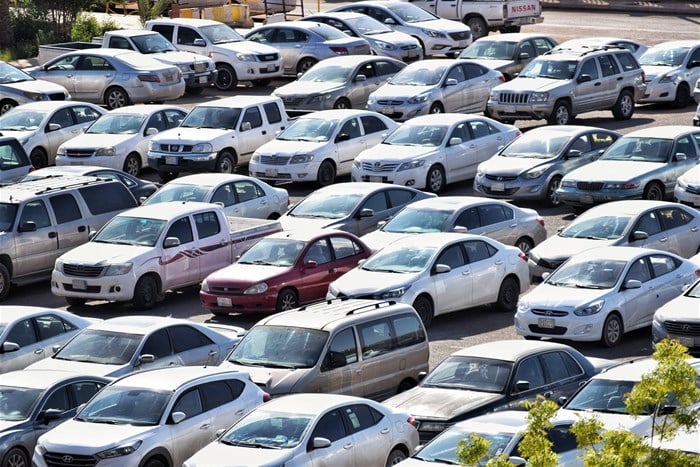
Announcing TransUnion’s latest Q2 SA Vehicle Pricing Index (VPI) this week, TransUnion Africa CEO Lee Naik said the combination of low growth rates, load shedding, high-interest rates and inflation, and decreasing disposable incomes had made consumers cautious about spending. Together with negative consumer and business sentiment, this created a challenging environment for the vehicle market.
The VPI measures relative increases in vehicle pricing over any given quarter. It is based on sales data for all financed vehicles across the industry, including the 15 top-volume manufacturers in the country. By aligning that data with consumer borrowing data, the VPI offers additional insights into vehicle purchasing trends.
“Consumers are re-prioritising their financial obligations as borrowing costs reach 14-year highs, while some businesses are struggling to maintain operations in a tough economy. With lenders managing risk carefully in the current climate, the vehicle market is facing slower demand. The volume of vehicles financed in the second quarter of 2023 dropped 6% year-on-year, with dealer sales of passenger and light commercial vehicles falling 6% in the same period,” said Naik.
The latest TransUnion SA VPI shows new vehicle pricing moved from 3.9% in the second quarter of 2022 to 6.7% in the second quarter of 2023. Over the same period, used car pricing moved from 8.3% to 9.8%. Three-year-old used vehicles saw the biggest increase, with this segment of vehicle costing an average of 17% more than the same period last year.
“While the combination of rising vehicle prices and decreasing disposable income has affected sales volumes, we have seen increased demand for SUVs and LCVs in the consumer market.
“SUVs made up more than 30% of new and used financed vehicles in the quarter, which suggests that consumers are being more discerning in their purchases and seeking out value in a challenging market,” said Naik.
The shifts in new and used vehicle pricing, combined with changes in buying preferences, saw the average loan size increase from R370,000 to R390,000 in the past year. The used-to-new ratio declined from 2.1 to 1.8, which suggests a lack of quality used vehicle stock.
“High-quality used vehicles are in short supply because of low new vehicle sales in the previous couple of years. Together with the rising cost of vehicle ownership and consumers having no positive equity in their current vehicles, it is increasingly burdensome for consumers to upgrade their vehicles.
“Faced with limited options, they’re turning to older used vehicles that are more affordable, vehicle rental options, or staying out of the market completely. This trend is likely to continue in the near term,” said Naik.
However, this trend presents potential opportunities for the servicing industry, vehicle refurbishment centres, certified pre-owned programs, affordable financing options, and lease and subscription services.
These are services that increase the longevity of a vehicle’s life and will become more important as the demand for used vehicles continues.
“Consumers who are unable to afford finance still need to solve for their mobility. They are increasingly looking at alternative options to financing, like vehicle rentals or taking up uncollateralised loans to cover shortfalls. This is another area of opportunity for a struggling auto industry,” said Naik.